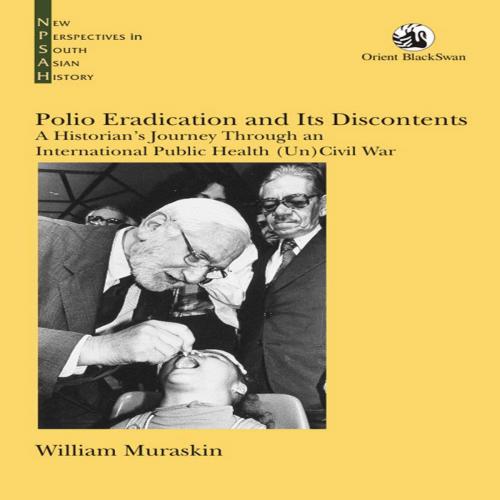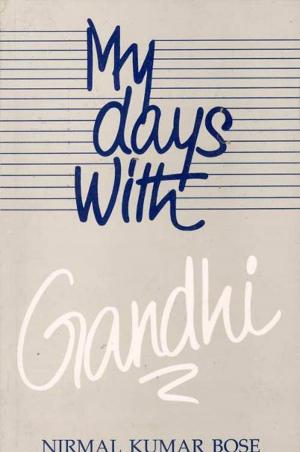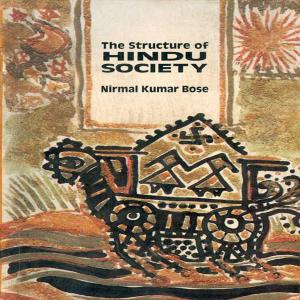Polio Eradication and Its Discontents: A Historian’s Journey Through an International Public Health (Un)Civil War
Nonfiction, Health & Well Being, Medical, Ailments & Diseases, Infectious Diseases, General| Author: | William Muraskin | ISBN: | 9788125050957 |
| Publisher: | Orient Blackswan Pvt. Ltd. | Publication: | August 24, 2018 |
| Imprint: | Language: | English |
| Author: | William Muraskin |
| ISBN: | 9788125050957 |
| Publisher: | Orient Blackswan Pvt. Ltd. |
| Publication: | August 24, 2018 |
| Imprint: | |
| Language: | English |
There are many infectious diseases which kill millions of children every year the world over, but polio is not one of them. So why did the World Health Assembly in 1988 choose the eradication of polio as a global goal? This is the key question that William Muraskin asks and it inexorably leads to the unravelling of the official ‘heroic story’ of the fight against polio. The author finds that the public health agenda of every single nation of the world was effectively hijacked by a small group of people working at the global level. They were out to show that eradication was a viable tool in fighting the disease. For this group, the disease of poliomyelitis was not in itself primarily significant but rather it was a ‘disease of opportunity’ which could be used to prove that disease eradication in general was a viable instrument of public health. Muraskin finds that the most powerfully argued and cogent protest against the topdown global polio eradication effort, and the distortion in national health priorities that has resulted from it, comes from India. A distinguished group of Indian medical doctors and scientists, whom he calls the Indian Dissenters, ‘speak not only for their nation but for most other developing countries as well’. Polio Eradication and Its Discontents reveals the decades-old fight between proponents of the Sabin Oral Polio Vaccine (OPV) and the champions of the Salk Inactivated Polio Vaccine (IPV). It also highlights the potential long-term economic burden on the developing world that has resulted from the vaccine choices made at the global level.
There are many infectious diseases which kill millions of children every year the world over, but polio is not one of them. So why did the World Health Assembly in 1988 choose the eradication of polio as a global goal? This is the key question that William Muraskin asks and it inexorably leads to the unravelling of the official ‘heroic story’ of the fight against polio. The author finds that the public health agenda of every single nation of the world was effectively hijacked by a small group of people working at the global level. They were out to show that eradication was a viable tool in fighting the disease. For this group, the disease of poliomyelitis was not in itself primarily significant but rather it was a ‘disease of opportunity’ which could be used to prove that disease eradication in general was a viable instrument of public health. Muraskin finds that the most powerfully argued and cogent protest against the topdown global polio eradication effort, and the distortion in national health priorities that has resulted from it, comes from India. A distinguished group of Indian medical doctors and scientists, whom he calls the Indian Dissenters, ‘speak not only for their nation but for most other developing countries as well’. Polio Eradication and Its Discontents reveals the decades-old fight between proponents of the Sabin Oral Polio Vaccine (OPV) and the champions of the Salk Inactivated Polio Vaccine (IPV). It also highlights the potential long-term economic burden on the developing world that has resulted from the vaccine choices made at the global level.















